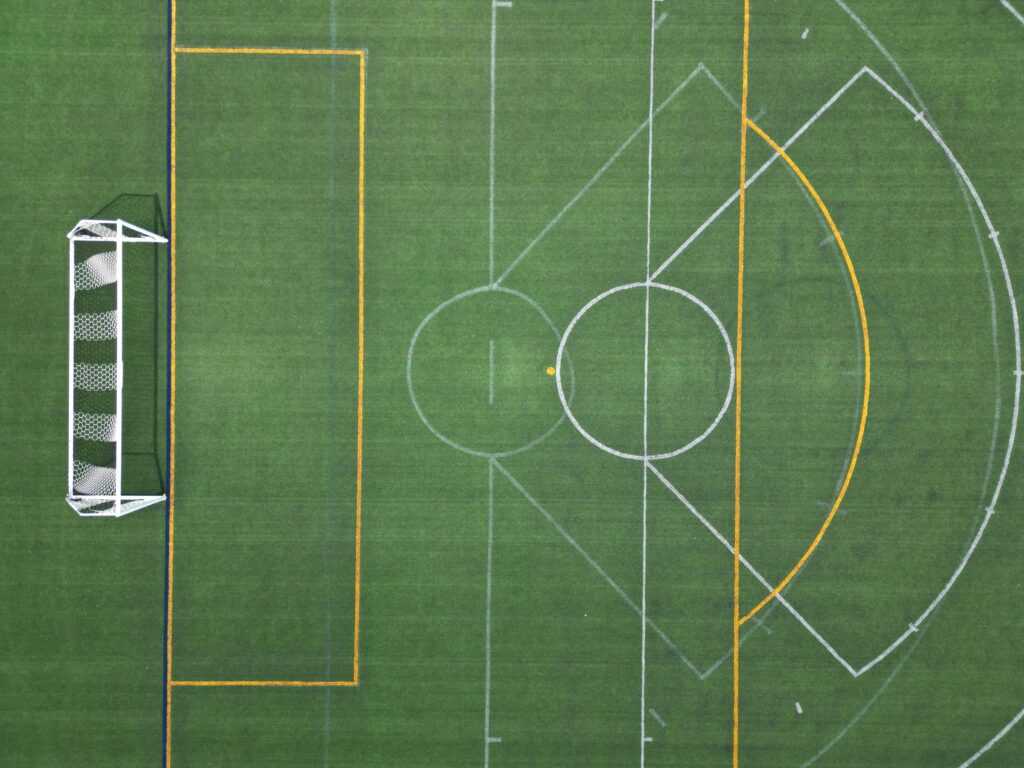As a soccer enthusiast, I’ve always been fascinated by the role possession stats play in determining game outcomes. The question that often arises is whether having more ball control truly leads to more victories on the field. In the world of soccer analytics, possession statistics have become a hot topic for debate among fans, coaches, and players alike.
When teams dominate possession, it’s commonly assumed that they have a higher chance of winning. However, the correlation between ball control and success isn’t always straightforward. In this article, we’ll delve into the nuances of soccer possession stats to uncover the real impact they have on game results. Let’s explore whether controlling the ball more actually translates to more wins in the beautiful game of soccer.
Exploring Soccer Possession Stats
Delving into soccer possession statistics reveals intriguing insights into the dynamics of the game. Analyzing how teams fare based on their ball control offers a deeper understanding of the sport’s nuances.
It’s essential to scrutinize these stats to decipher the actual impact of possession on match outcomes.
The Impact of Ball Control on Game Outcomes
Analyzing the Relationship between Possession and Winning
Exploring the link between ball control and game results reveals intriguing insights into soccer dynamics. Teams often assume that dominating possession guarantees victory. However, the correlation between possession percentages and winning outcomes is more intricate than commonly presumed.
Factors Influencing Ball Control Effectiveness
Exploring the factors that influence ball control effectiveness in soccer reveals a multifaceted relationship between possession stats and game outcomes. While possessing the ball is crucial in dictating play, several key elements contribute to the overall impact of ball control on winning matches.
Understanding these factors is essential in determining how teams can leverage possession statistics to achieve success on the field. Considering various factors that affect ball control effectiveness:
- Player Skills: The technical abilities of players, such as dribbling, passing accuracy, and ball control, significantly influence a team’s ability to maintain possession. Skilled players are more likely to retain the ball under pressure, increasing their team’s overall possession percentages.
- Tactical Approach: The strategic decisions made by coaches and players, such as formation, pressing tactics, and positional play, play a vital role in determining how effectively a team can control the ball during a match. Tactical awareness and adherence to game plans are crucial in optimizing possession stats.
- Opponent Quality: The quality of the opposing team impacts a team’s ability to control the ball. Facing high-pressing opponents or technically proficient teams can pose challenges in maintaining possession, highlighting the importance of adapting strategies based on the opposition.
- Game Context: The specific circumstances of a match, including scoreline, time remaining, and match importance, can influence a team’s approach to ball control. Teams leading in a game may prioritize ball retention to manage the result, while trailing teams may adopt a more direct style to chase the game.
- Transition Play: Effective transition phases, including quick ball recoveries and smooth transitions from defense to attack, are essential in maximizing the benefits of ball control. Teams that excel in transition play can capitalize on possession to create scoring opportunities and control the rhythm of the game.
By acknowledging and addressing these factors that influence ball control effectiveness, teams can enhance their tactical approach, optimize possession statistics, and ultimately improve their chances of success on the soccer field. Achieving a balance between controlling the ball and capitalizing on possession to create goal-scoring opportunities is key to translating possession stats into positive match outcomes.
Key Strategies to Optimize Possession
Exploring strategies to enhance possession in soccer involves a blend of tactical approaches and player skills that can significantly impact a team’s ability to control the ball effectively. Let’s delve into key strategies that teams can implement to optimize their possession stats and improve their chances of success on the field:
- Player Training: Focusing on technical skills such as ball control, passing accuracy, and spatial awareness during training sessions can enhance a player’s ability to maintain possession under pressure.
- Tactical Awareness: Implementing a tactical system that emphasizes short passing, quick transitions, and positional play can help teams retain possession and control the tempo of the game.
- Pressing and Transition: High-intensity pressing to win the ball back quickly after losing possession, coupled with smooth transition play from defense to attack, can be pivotal in maintaining high possession percentages.
- Team Cohesion: Building cohesive partnerships on the field through effective communication and understanding between players can facilitate better ball circulation and retention.
- Game Management: Adapting possession strategies based on the game situation, such as holding the ball to protect a lead or pressing aggressively to regain possession when trailing, is crucial for optimizing possession stats.
- Set-Piece Efficiency: Leveraging set-piece opportunities for creating goal-scoring chances can also contribute to overall possession statistics, showcasing the importance of maximizing dead-ball situations.
Implementing these key strategies can empower teams to elevate their possession statistics and strategically enhance their performance to achieve favorable outcomes on the soccer pitch.






